Sciatic Nerve Knee Brace - Relieve Pain & Improve Mobility
Discover how a sciatic nerve knee brace can help reduce pain, improve mobility, and provide support for sciatica-related discomfort in your legs and knees.
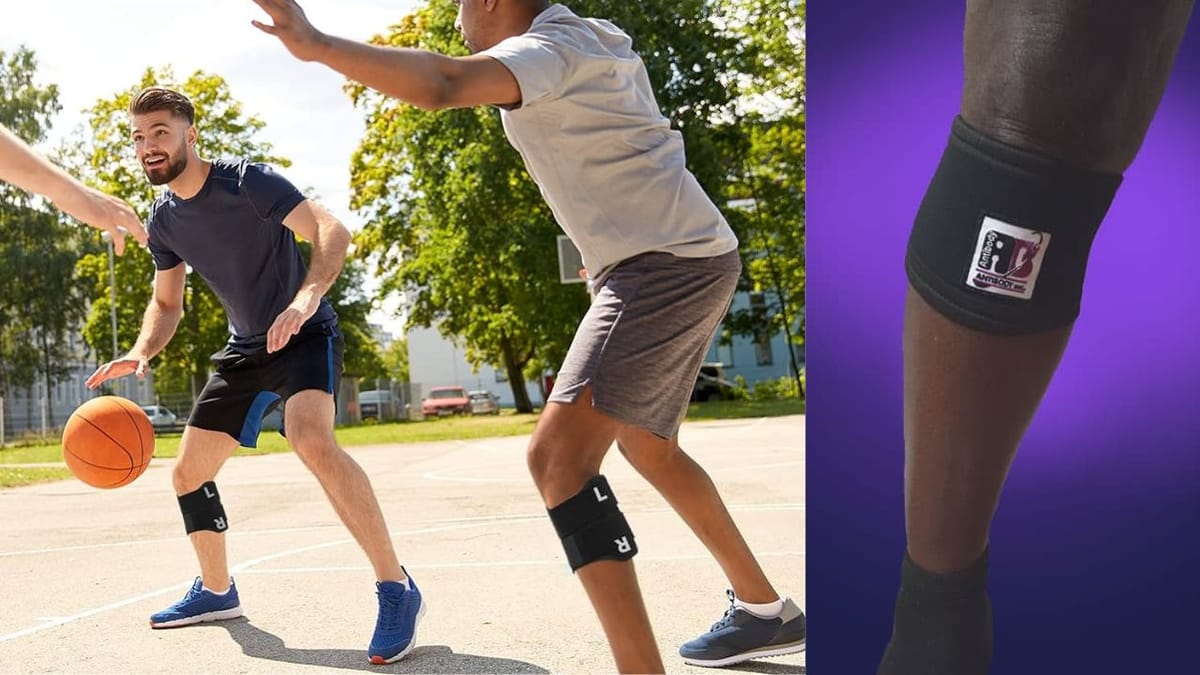
Sciatica is a debilitating condition, resulting from the sciatic nerve or sciatic nerve root pathology. Patients experience pain and paresthesias in the sciatic nerve distribution or an associated lumbosacral nerve root. Mainly it worsened with twisting, bending, or coughing.
Sciatica can be a debilitating condition, causing pain that radiates from your lower back down to your legs. For those seeking relief, a sciatic nerve knee brace might be a solution worth considering. This comprehensive guide will delve into the details of what a sciatic nerve knee brace is, how it works, and who can benefit from it.
In this guide, we will explain:
- What a sciatic nerve knee brace is and how it can help.
- When to wear the brace and how often.
- Side Effects of Using a Knee Brace.
- Choose the right type of brace and ensure proper fit for maximum effectiveness.
What is a sciatica nerve knee brace and How it can help?
The sciatica knee brace gives targeted pressure to the key areas and trigger points for pain relief and relaxation of your nerves. Get Relief From Low Back Pain, Pain Related To Sciatica, and more.
Sciatica is a condition characterized by pain that travels along the path of the sciatic nerve, which extends from the lower back through the hips and buttocks and down each leg.
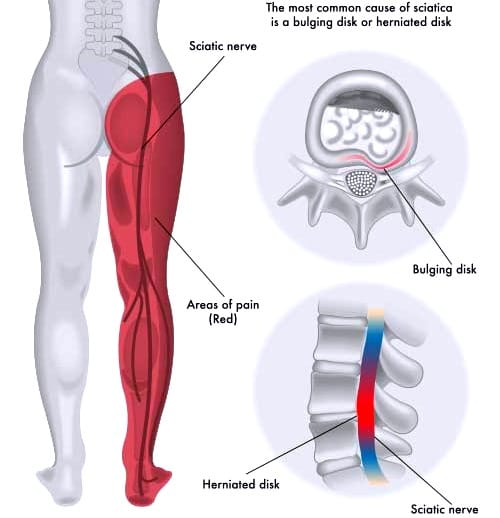
A sciatic nerve knee brace is designed to alleviate this pain by applying pressure to specific areas, potentially reducing inflammation and improving mobility.
The effectiveness of a knee brace for sciatica lies in its ability to provide stability and support to the affected area. Doing so can help remove the strain from the lower back and hips, which may contribute to pain relief and a quicker recovery process.
Types of Sciatic Nerve Knee Braces
There are several types of knee braces available that cater to different needs and levels of support. Some are more rigid and provide a high level of stabilization, while others are flexible and focus on compression.
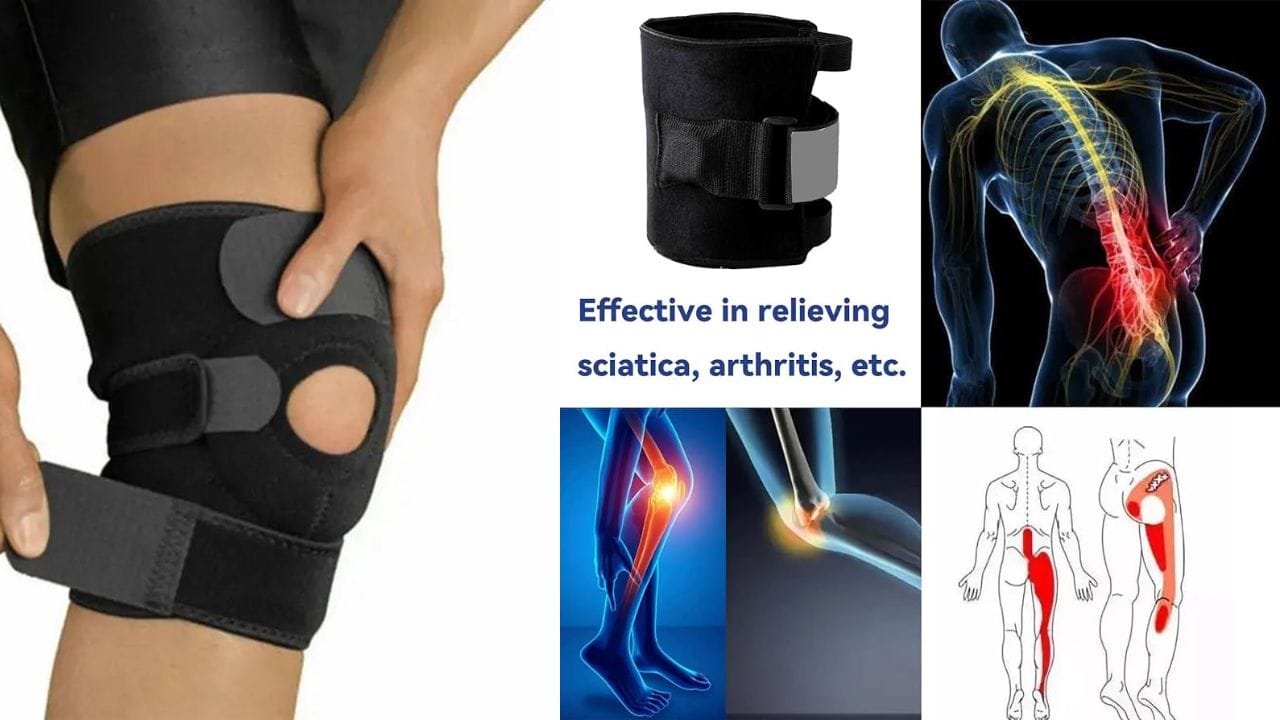
The right type for you will depend on the severity of your sciatica and your daily activity level.
Compression Knee Sleeves
These are lightweight, elastic sleeves that provide compression around the knee. They are ideal for those who are on their feet most of the day or engage in physical activities.
These are lightweight, elastic sleeves that provide compression around the knee. They are designed to improve blood circulation, reduce swelling, and offer mild support to the knee joint.
Compression sleeves can help with inflammation and may provide some relief for mild sciatica-related knee discomfort.
Adjustable Knee Braces
These braces are designed to stabilize the patella (kneecap) and provide support to the knee joint. They often have straps or bands that wrap around the knee to offer targeted compression.
Patellar stabilizing braces can help with knee alignment and stability, which may be beneficial for individuals with sciatica-related knee pain.
Hinged Knee Braces
A hinged knee brace offers a combination of support and flexibility, making it a popular choice for those who need to maintain a certain range of motion.
Hinged knee braces have additional structural support in the form of hinges. These braces are often recommended for individuals with moderate to severe knee instability.
Hinged knee braces offer enhanced support and stability, which can be beneficial for individuals with sciatica who need extra support for their knees
Open-Patella Knee Braces
These braces have an opening over the patella, which may help reduce pressure on the kneecap. They often provide compression and support around the knee joint.
Open-patella knee braces can offer support while allowing for greater flexibility and comfort around the knee. Some open-patella braces are designed to allow for a greater range of motion and can be beneficial for individuals who need to stay active.
When to Wear
Determining when to wear a knee brace for sciatica will depend on your daily activities and the level of pain you're experiencing.
Some individuals may find it beneficial to wear the brace throughout the day, especially if they're on their feet for long periods. Others might only need to wear it during specific activities that exacerbate their sciatica symptoms.
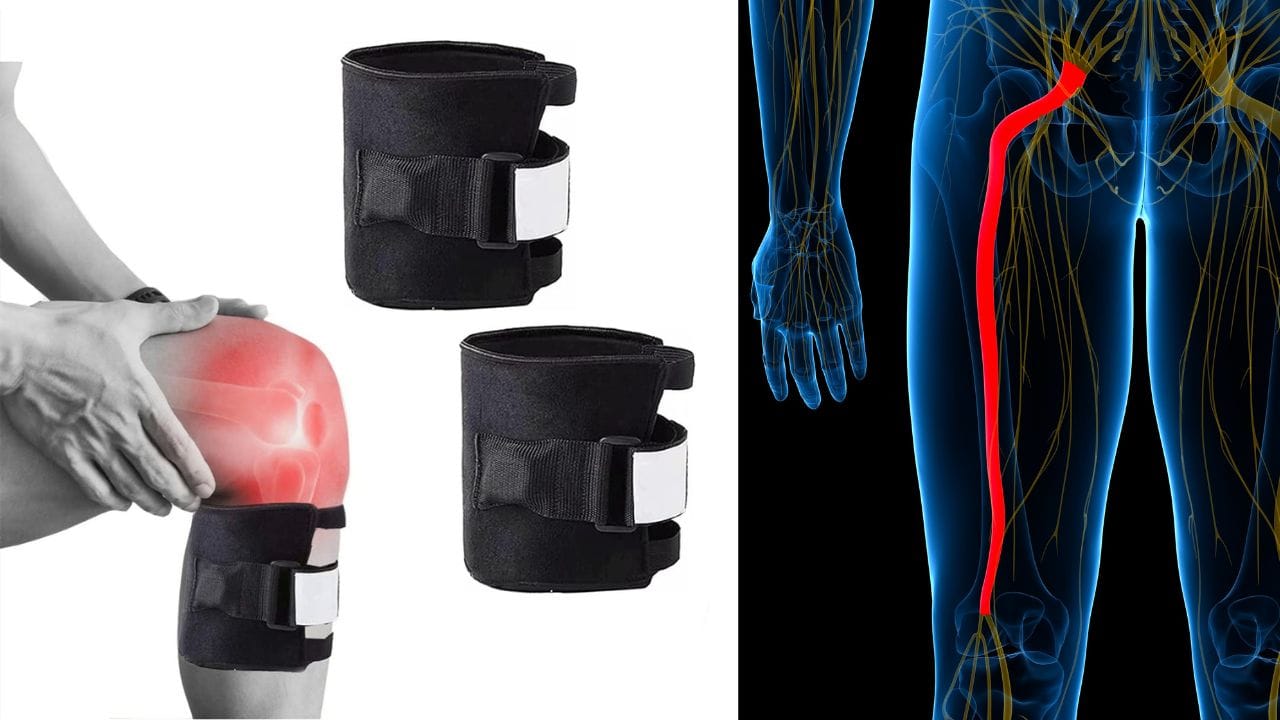
It's also worth noting that a knee brace can be part of a broader treatment plan. Physical therapy, medication, and lifestyle changes may also be recommended by healthcare professionals to manage sciatica effectively.
Check out A great product from BeActive on Amazon.

Side Effects of Using a Knee Brace
While a sciatic nerve knee brace can offer relief, it's also important to be aware of potential side effects. Over-reliance on a brace can lead to muscle weakness over time, as the muscles may become dependent on external support. It's crucial to balance the use of a brace with muscle-strengthening exercises.
Additionally, wearing a brace too tightly or too long can cause skin irritation or disrupt circulation. Following the manufacturer's guidelines and listening to your body's signals can help mitigate these risks.
Choosing the Right Brace for Your Lifestyle
Your lifestyle and daily activities should influence the type of sciatic nerve knee brace you choose. If you lead an active lifestyle, a lightweight and flexible brace might be more appropriate. For those who require more stability, a sturdier brace with additional features like hinges or straps may be necessary.
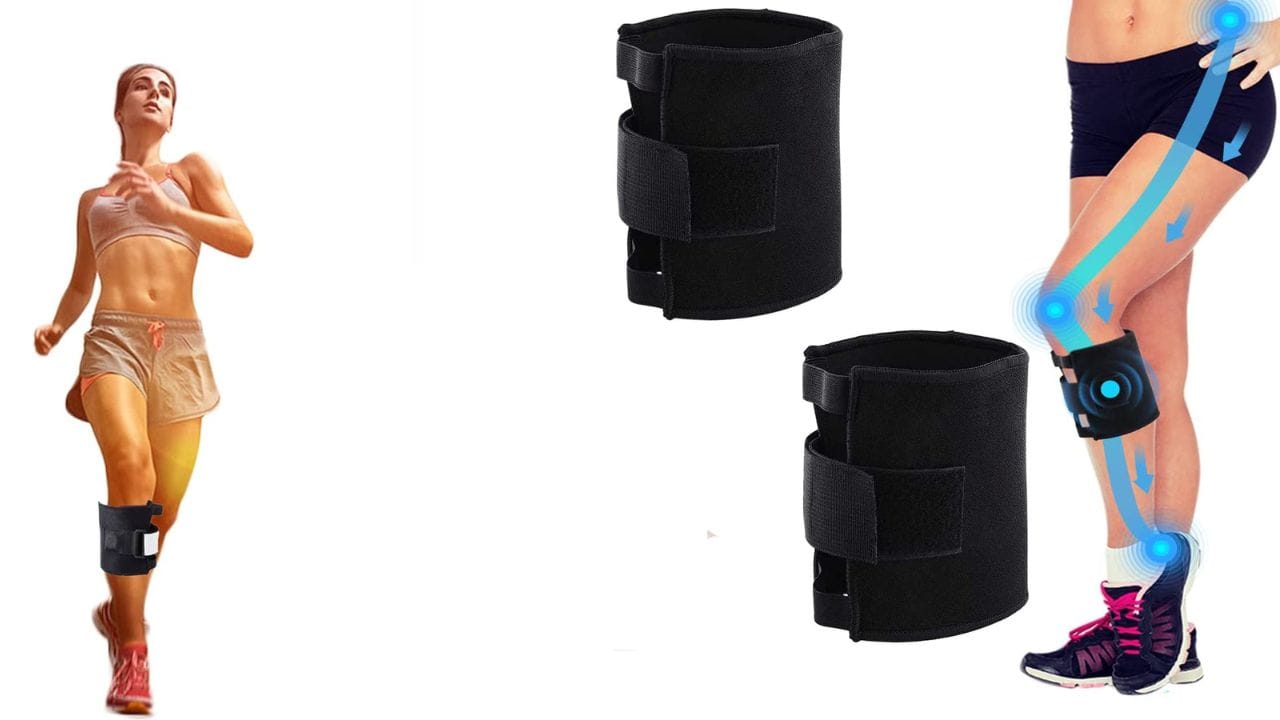
Choosing the right Sciatic Nerve Knee Brace is crucial for adapting to your lifestyle and finding effective relief. Consider the following factors:
- Activity Level: If you're active, opt for a brace that provides support without hindering movement. Look for designs suitable for your specific physical activities.
- Comfort and Fit: A well-fitted brace ensures optimal support. Look for adjustable straps and sizes to achieve a snug, comfortable fit, allowing for extended wear without discomfort.
- Type of Support Needed: Different braces offer various types of support. Some focus on compression, while others provide stabilization. Assess your needs and choose accordingly.
- Material and Breathability: Choose a brace made from breathable materials to prevent overheating, especially during prolonged use. This is crucial for maintaining comfort throughout the day.
- Ease of Use: Consider the application process. Some braces are designed for quick and easy wear, while others may require more time. Choose one that aligns with your daily routine.
- Medical Advice: Consult with a healthcare professional to understand your specific requirements. They can offer valuable insights on the type of brace that would be most effective for your sciatic nerve condition.
By carefully considering these factors, you can select a Sciatic Nerve Knee Brace that seamlessly integrates into your lifestyle, providing the right balance of support and comfort for effective pain relief.
Summary
A sciatic nerve knee brace can be a valuable tool for those suffering from sciatica, offering support, stability, and pain relief. It's essential to choose the right type of brace, ensure a proper fit, and use it as part of a comprehensive treatment plan that includes exercise and consultation with a healthcare professional. By understanding the different aspects of knee braces and how they can help manage sciatica symptoms, individuals can make informed decisions and improve their quality of life.
FAQ Section
Q: How does a Sciatic Nerve Knee Brace work?
Answer: A Sciatic Nerve Knee Brace works by providing support and gentle compression to the knee and surrounding areas, which can help alleviate some of the discomfort associated with sciatic nerve pain. Here's a simple breakdown of how it works:
- Compression: The brace is designed to snugly wrap around the knee, applying gentle compression. This compression can help reduce swelling and inflammation, common symptoms associated with sciatica.
- Stabilization: Sciatic nerve knee braces often come with additional support structures, such as straps or stays, to stabilize the knee joint. This stability can be beneficial for individuals experiencing pain radiating from the lower back through the sciatic nerve down to the knee.
- Warmth: Many knee braces are made from materials that retain heat. This warmth can enhance blood circulation, promoting faster healing and easing muscle tension, which can be beneficial for sciatic nerve pain relief.
- Alignment: Some braces are designed to help maintain proper alignment of the knee joint. This alignment can reduce stress on the sciatic nerve and surrounding muscles, potentially minimizing pain and discomfort.
It's important to note that while a knee brace can offer support and relief, it is not a cure for sciatica. Individuals experiencing persistent or severe symptoms should consult with a healthcare professional for a comprehensive diagnosis and treatment plan.
The knee brace can be a helpful part of a broader approach to managing sciatic nerve pain, which may include exercises, stretches, and other interventions recommended by a healthcare provider.
Q: Can a Sciatic Nerve Knee Brace be worn during physical activities?
Answer: Yes, a Sciatic Nerve Knee Brace can often be worn during physical activities to provide support and comfort. These braces are designed to help alleviate pain and discomfort associated with the sciatic nerve, even during movement.
However, it's essential to consult with a healthcare professional before using any brace during physical activities, as they can provide personalized advice based on your specific condition. The brace should fit comfortably and not restrict movement. Remember to follow any specific instructions provided by your healthcare provider or the product manufacturer for the best results.
A Sciatic Nerve Knee Brace can be a helpful aid during physical activities, but it's crucial to ensure it's suitable for your situation and properly worn to maximize its benefits. Always prioritize your health and well-being when incorporating such aids into your routine.
Q: How do I choose the right size of a Sciatic Nerve Knee Brace?
Answer: When choosing the right size for a sciatic nerve knee brace, it's essential to ensure a proper fit to maximize the brace's effectiveness in providing relief and support. Here’s how you can determine the right size:
1. Measure Your Knee Circumference
Start by measuring the circumference of your knee, which is the most critical measurement for selecting the correct size. Follow these steps:
- Use a flexible tape measure.
- Find the center of your kneecap (patella).
- Measure around your knee at the widest part.
- Ensure the tape is snug but not too tight.
2. Check the Manufacturer's Sizing Chart
Once you have your knee measurement, refer to the sizing chart provided by the manufacturer of the sciatic nerve knee brace you’re considering. Sizes usually range from Small (S) to Extra Large (XL) and are based on the knee circumference measurement you took.
3. Consider the Brace’s Design
Sciatic nerve knee braces come in various designs, such as sleeves, wraps, or hinged braces. The type of brace can affect sizing:
- Sleeves typically provide a snug, uniform fit and are often more flexible with size ranges.
- Wraps offer adjustable sizing, which can be beneficial if you’re between sizes or prefer a customizable fit.
- Hinged Braces might have more specific sizing requirements due to the added structure and support.
4. Account for Comfort and Support Level
The size you choose should balance comfort and the level of support needed:
- A tighter fit offers more support but can restrict movement if too tight.
- A looser fit may be more comfortable but might not provide adequate support for relieving sciatic nerve pain.
5. Try It On If Possible
If you can, try on the brace before purchasing to ensure it fits well without causing discomfort. If buying online, make sure there’s a good return policy in case you need to exchange for a different size.
6. Read Reviews and Seek Advice
Look at user reviews to see how others with similar knee measurements found the fit. You can also consult with a healthcare provider or physical therapist for recommendations on the right size and type of brace for your specific needs.
Always follow the manufacturer's instructions for wearing the brace to ensure it functions correctly and provides the intended support. If you're between sizes, it's often better to choose the larger size to avoid excessive tightness, which could hinder circulation or cause discomfort.
Choosing the right size for your sciatic nerve knee brace is crucial to getting the relief you need while ensuring comfort and mobility. By measuring accurately and considering the type of brace and your personal comfort preferences, you can find the perfect fit.

